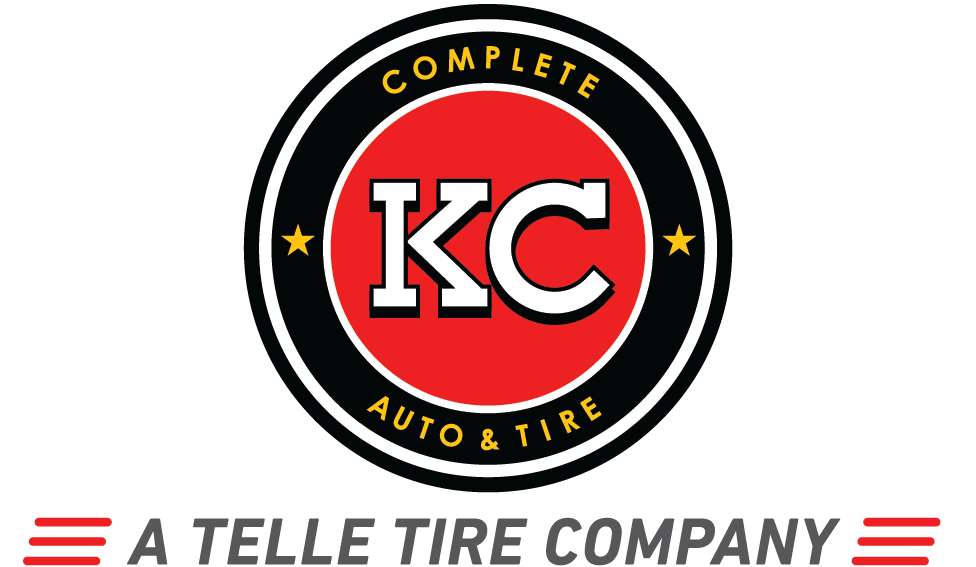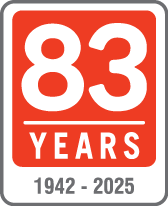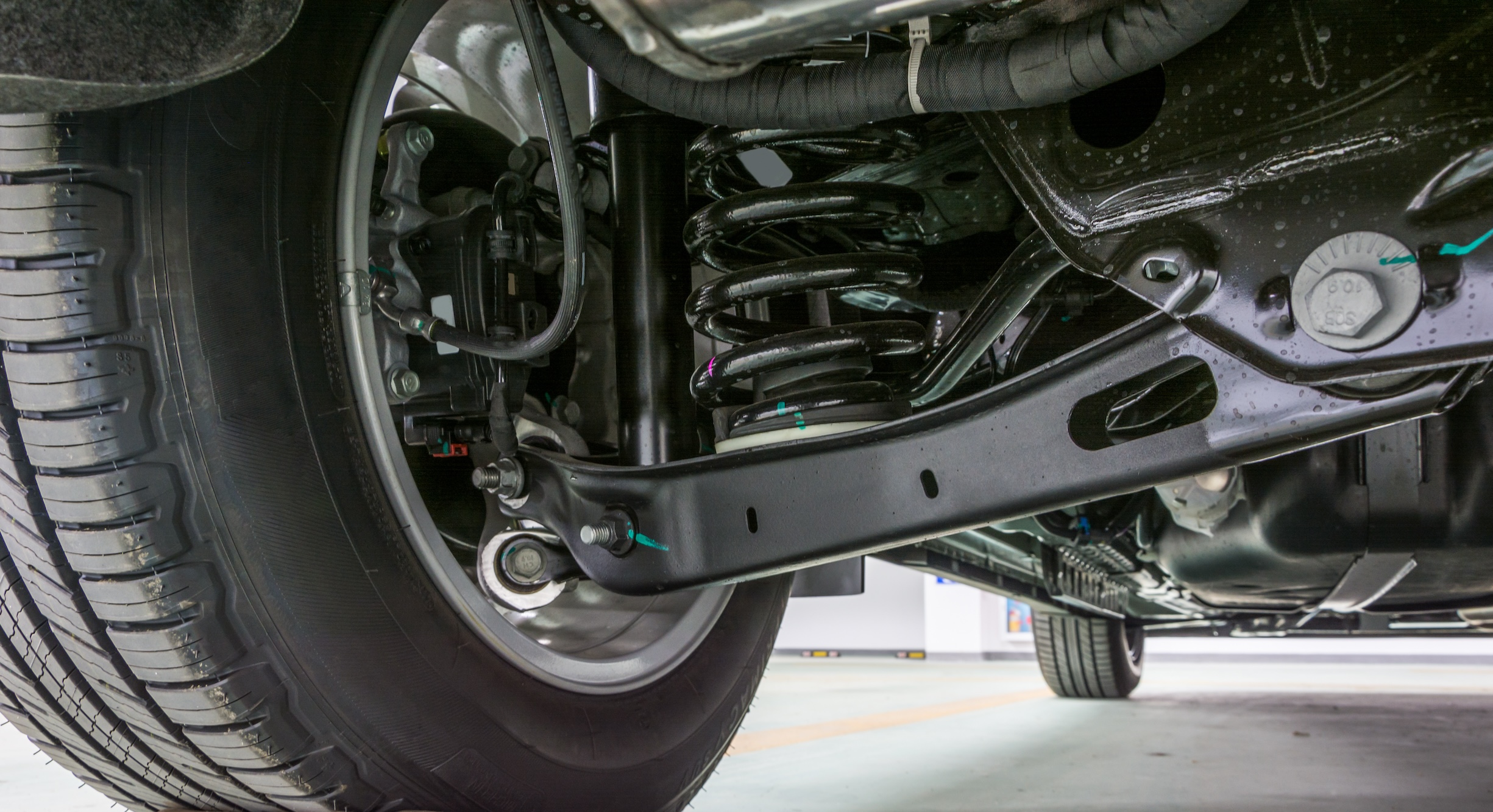Vehicle Suspension System Types
At the most basic level, you know that your vehicle gets you from point A to point B safely and comfortably – or it at least should. But have you ever considered the intricate system of mechanisms that ensure a smooth ride? The vehicle’s suspension system is an often underappreciated yet vital component to keeping every road trip comfortable and safe. In this comprehensive guide, we’ll explore the different types of suspension systems, their functions, how to choose the right one for your vehicle, and tips for keeping it functioning as it should.
What is a Vehicle Suspension System?
Before diving into the nitty-gritty details, let’s explore the basics. A vehicle’s suspension system is like the backbone, supporting the weight and absorbing the shocks and bumps from the road surface. The suspension system is a critical component to a vehicle’s overall performance, handling, and safety.
More specifically, the suspension system works to maximize friction between your tires and the road for steering stability and better handling. There are several components that make up the suspension system:
- Chassis: Responsible for holding the cab of the vehicle
- Springs, Shock Absorbers, and Struts: Support the vehicle’s weight, as well as absorb and reduce excess energy from road shocks
- Anti-Sway Bar: Shifts wheel movement and stabilizes the vehicle
Issues or damage to the suspension system can cause other issues with your vehicle, often occurring after an accident or driving over a fairly significant pothole or rough surface. The suspension system can influence your tire alignment, create premature tire wear, or lead to a tire balance issue.
The Core Functions of a Suspension System
Each of the various components in the suspension system plays a specific role. Every part ensures a comfortable, stable ride, from shock absorbers to springs. The following are the core functions of the system and the main components that support them.
Enhancing Ride Comfort
One of the primary functions of a suspension system is to absorb road shocks for a smoother, more comfortable ride for passengers. Several components work together to offer this comfort:
- Springs: Absorb or dampen shocks from road friction with wheels to prevent them from reaching the vehicle body
- Shock Absorbers: Dampen the up and down movements or oscillations caused by the springs
Maintaining Vehicle Stability
In addition to comfort, the suspension is crucial in maintaining vehicle stability, especially during cornering and maneuvering. A vast majority of the system’s components work together to create a more stable driving experience:
- Ball Joint: Accepts lateral and horizontal loads on the car and acts as a rotation axis when the vehicle is turning to improve stability.
- Stabilizer Bar: Maintains body balance when turning to lower the risk of rollover if turns are taken at higher speeds.
- Lateral Control Rod: Holds the axle when a load comes from the side.
- Knuckle Arm: Connects the suspension to the wheel assembly for controlled movement and proper wheel alignment, maintaining stability.
- Upper and Lower Arms: Connect the knuckle arm with the car body so wheels can be attached to the knuckle arm, moving up and down in the suspension system to allow for stable turning. Not all suspension systems include an upper arm, but will still include the lower arm.
- Strut Bar: Holds the lower arm so the front wheels function correctly when steering; also prevents the lower arm from moving forward or backward.
Ensuring Tire Contact
Last but not least, the suspension ensures optimal tire contact with the road surface for improved safety and performance. These important components include:
- Springs: Increases wheel traction on the road.
- Knuckle Arm: Ensures tire alignment and movement, influencing tire contact on the road.
Different Types of Vehicle Suspension Systems
There are various types of suspension systems available, each with its own set of advantages and disadvantages. Understanding the different types will help you determine which may be right for your vehicle if you require a unique or specific driving experience.
Conventional Coil Spring Suspension
The conventional coil spring suspension, or simply coil suspension, is commonly found in many passenger vehicles and is typically a more affordable option. With this setup, each wheel is connected to the vehicle frame or chassis with coil springs that support the weight of the vehicle and absorb road shocks and vibrations. Conventional systems will also include other important components, such as shock absorbers, control arms, and sway bars for improved ride comfort, stability, and handling.
The key features of a conventional suspension are its simplicity, affordability, and reliability. These are frequently used in everyday passenger vehicles due to their effectiveness in providing a balance of comfort and performance. However, it may have limited adjustability and performance in extreme conditions compared to more advanced suspensions like air or multi-link suspension systems.
Leaf Spring Suspension
Leaf spring suspensions are commonly used in larger vehicles and those built for heavy-duty use, such as trucks, vans, SUVs, and trailers. They get their name from the several layers, or “leaves,” of spring steel attached in a pack. These layers are curved or arched and typically attached to the vehicle’s frame at both ends, with the axle or wheel assembly positioned in the center of the spring pack.
The leaf spring suspension’s primary function is to support the vehicle weight in addition to providing flexibility for absorbing road shocks and vibrations. Driving over bumps, potholes, or uneven terrain, the leaf springs compress and flex, allowing the wheels to move independently while minimizing body roll for maintained stability.
Leaf springs are also known for their durability, load-bearing capacity, and relatively simple design. They are capable of withstanding heavy loads and harsh driving conditions, making them well-suited for off-road use and towing applications. However, these can also result in a stiffer ride quality and less precise handling compared to other types like coil springs or air suspensions. Modern designs and technologies are working toward more sophisticated designs that help mitigate these issues.
Torsion Bar Suspension
As the name suggests, a torsion bar suspension uses torsion bars, or torsion springs, to support vehicle weight and absorb road shocks. Unlike coil or leaf springs that compress and expand vertically, torsion bars twist along their axis to provide suspension movement. In this setup, each bar is typically anchored to the vehicle’s frame or chassis at one end and connected to the suspension or control arm at the other end. As the wheel encounters bumps or road irregularities, the torsion bar twists, storing energy and absorbing the impact for a smoother ride.
A key advantage of torsion bar suspensions is the adjustable ride height. The vehicle’s ride height can be raised or lowered to suit preferences or driving conditions by simply adjusting the tension on the torsion bars. This feature makes torsion bar suspensions popular with off-road enthusiasts and performance drivers looking for more flexibility in their suspension setup.
Despite these benefits, torsion bar suspensions can be more complex and expensive to maintain compared to other types of suspension systems. Additionally, these may be prone to uneven wear over time, leading to potential issues if not properly maintained.
Air Suspension
Air suspensions offer superior ride comfort and adjustability, making them highly favored by luxury vehicle owners. The air suspension uses air-filled rubber bags or bellows, also known as air springs, rather than traditional coil or leaf springs to support the vehicle’s weight and absorb road shocks. In this setup, the air springs are typically located between the vehicle’s frame or chassis and the axle or wheel assembly.
These offer the primary advantage of providing a smooth, adjustable ride quality. The driver can easily adjust the ride height and stiffness to suit their preferences by simply controlling the amount of air pressure in the springs. This adjustability allows for a more comfortable ride, improved handling, and enhanced stability, especially when carrying heavy loads or towing trailers.
Some air suspension systems feature automatic or semi-automatic leveling capabilities to help maintain consistent ride height regardless of vehicle load or weight distribution changes. This can be beneficial for any vehicles that carry various cargo loads or towing capacities to provide optimal performance and safety at all times.
Air suspensions are commonly found in luxury vehicles, high-end SUVs, and performance cars thanks to their superior ride comfort and adjustability. However, they are also frequently used in commercial vehicles, buses, and trucks where load-carrying capacity and ride quality are essential.
Unfortunately, these systems may require more maintenance compared to conventional systems due to the complexity of the air spring components and the need for specialized equipment when servicing. They are also typically more expensive to manufacture and repair, resulting in higher initial costs and ownership expenses.
MacPherson Strut Suspension
Named after inventor Earle S. MacPherson, the MacPherson strut suspension system combines the functions of a shock absorber and suspension component into a single unit, commonly used in front-wheel drive vehicles, compact cars, and sedans. Its main component is the strut assembly, which consists of a coil spring, a shock absorber, and a strut housing. The coil spring supports the weight of the vehicle and absorbs the road shock while the shock absorber dampens and controls the movement of the suspension.
In this setup, the strut assembly is typically mounted between the vehicle’s body or frame and the wheel assembly, providing both structural support and suspension function. This design helps simplify the suspension system, reduce weight, and improve space efficiency, which is what makes it ideal for compact vehicles with limited engine bay space.
A key advantage to the MacPherson strut suspension is its cost-effectiveness and simplicity. The single-unit component makes it easier and cheaper to manufacture and install compared to other setups that require separate coil springs and shock absorbers. However, they may present drivers with some limitations. MacPherson strut suspensions have more limited adjustability and tuning options compared to more advanced systems, potentially affecting ride quality and handling in high-performance or demanding driving conditions. They may also be more prone to wear and tear over time, requiring replacement or maintenance for optimal performance.
Multi-Link Suspension
Also referred to as a multi-link rear suspension or independent multi-link suspension, the multi-link suspension is commonly used in modern vehicles, particularly high-performance cars and luxury vehicles. By allowing each wheel to move independently, the multi-link suspension provides superior handling, stability, and ride comfort, minimizing the impact of road irregularities on the vehicle’s chassis.
In this setup, multiple suspension links or arms are used to connect the wheel hub to the vehicle’s chassis or subframe. These links are typically arranged in a multi-link configuration, allowing for precise control over the wheel’s movement in multiple directions, such as vertical (bump), lateral (side-to-side), and longitudinal (front to rear).
The main advantage of multi-link suspensions is their ability to act as an independent suspension, decoupling the wheel’s movement from other wheels on the same axle for greater stability and improved traction, especially when cornering or maneuvering. This design allows each wheel to respond independently to changes in road conditions for optimal tire contact and grip at all times. It also offers excellent ride comfort by effectively isolating the vehicle’s interior from road noise, vibration, and harshness. Drivers also have more precise suspension tuning capability, including spring rates, damping and geometry for a smoother, more controlled ride quality compared to other types of suspensions.
While multi-link suspensions are more complex and costly to manufacture and maintain, the benefits they offer in handling performance and ride comfort are making them more common in modern passenger cars, SUVs, and crossover vehicles.
Double Wishbone Suspension
Double wishbone suspensions, also known as independent double wishbone suspensions, are commonly used in high-performance vehicles like sports cars and some luxury vehicles. These are renowned for superior handling characteristics, precise control, and their ability to maintain optimal tire contact with the road.
In this setup, each wheel is connected to the vehicle’s chassis or subframe by two wishbone-shaped control arms, commonly arranged in an “A” shape. One control arm attaches to the wheel hub near the top while the other attaches near the bottom, forming the shape. The key advantage of a double wishbone suspension is its capability as an independent suspension, providing independent control over the wheel’s movements in multiple directions, including vertical (bump), lateral (side-to-side), and longitudinal (front to rear). The design allows each wheel to move independently to minimize changes in tire camber and provide superior handling and stability during cornering and maneuvering.
Additionally, they offer excellent ride comfort by effectively isolating the interior from road imperfections, vibrations, and harshness. The control arms’ geometry can also be optimized to provide a desired balance between ride comfort and handling performance for a smooth, controlled driving experience.
Despite the complexity and expense of manufacturing and maintaining double wishbone suspensions, they are becoming a popular choice for vehicle enthusiasts and performance-oriented drivers who are looking for the ultimate suspension performance.
Choosing the Right Suspension System for Your Vehicle
When it comes to selecting the right suspension system for your vehicle, there are several factors to consider, such as your vehicle type, how you’ll be using the vehicle, and your personal preferences.
- Dependent Suspensions: Best for heavy-duty or heavy-load applications and available as driven (fixed axle) or non-driven (beam axle).
- Pros:
- High-load handling capability
- Easy to maintain
- Great off-road capability
- Higher clearance and articulation
- Cons:
- Poor handling
- Heavy
- Limited adjustment capability
- Unstable at high speeds
- Independent Suspensions: Ideal for comfort and improved handling. The MacPherson strut, double wishbone, and multi-link suspensions would all be considered independent suspension systems. The advantages and disadvantages of these systems will differ depending on which specific suspension you choose. The following pros and cons are based on a general evaluation of independent suspensions.
- Pros:
- Improved handling
- Enhanced ride comfort
- Better stability
- Adaptability and greater flexibility for optimizations
- Reduced unsprung weight due to lighter, more compact assemblies
- Cons:
- More complex and costly to design, manufacture, and maintain
- May require more chassis or frame space, limiting design flexibility
- Challenging maintenance and repair
- Less durable or rugged in certain off-road or heavy-duty applications
If you aren’t completely sure or are having trouble deciding between multiple types of suspension systems, seeking professional advice can be invaluable for making an informed decision.
Get the Most Out of Your Vehicle’s Suspension System with Services from Telle Tire
You may not think of it often, but your vehicle’s suspension system should not be overlooked. With the right care and attention, you can avoid potentially expensive vehicle repairs and enjoy a smoother, safer, more enjoyable driving experience.
At Telle Tire, we understand the importance of a well-maintained suspension system in keeping your ride stable and comfortable. Whether you’ve been the victim of pothole damage or just want to ensure your vehicle is performing its best, visit a Telle Tire location near you or contact us today for expert inspection and service.


